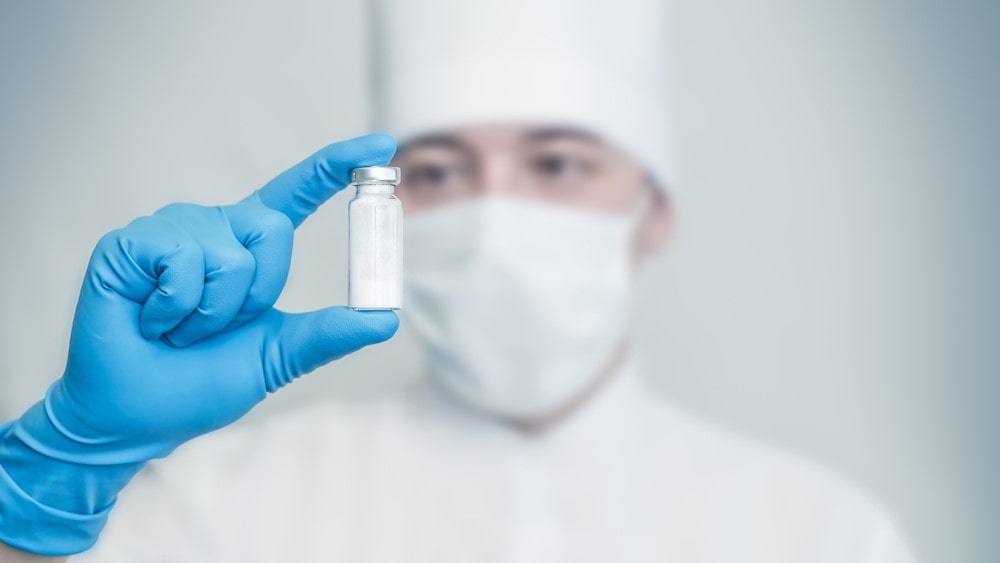Due to instability in water, many drugs are formulated as drug powders to be reconstituted prior to administration. E.g. Penicillins, barbiturates, benzocain. Sterile water for injection is supplied with dry powders to make “solutions / or suspensions for injections”. The obtained solution/suspension will meet all the requirements of solution /suspension for parenteral. Reconstituted solutions can be given by IV or IM route, however, the suspension is forbidden for IV administration.
Table of Contents
Methods of Preparing a Sterile Drug Powder
There are three methods of Sterile Powders. They are:-
- Sterile recrystallization
- Lyophilization
- Spray drying
Sterile Recrystallization:
The drug is dissolved in a solvent and the obtained solution is sterilized through a 0.22 µm membrane filter. A sterile anti-solvent is then added to crystallize the drug particles, which are filtered and dried aseptically.
Advantage: Flexible and economic.
Disadvantage: Variations from batch to batch and contamination.
Lyophilization:
It is the process of separating a solid substance from a solution by freezing the solvent and evaporating the ice under a vacuum. The drug solution is sterile and filtered into sterile trays which are aseptically loaded into a freeze dryer. The solution is then frozen at −50°C and then dried by vacuum to separate the drug powder.
Advantage: Removal of water at low temperatures.
Disadvantage: Biological molecules are damaged by the stress associated with freezing, and drying. It is costly and time-consuming.
Spray Drying:
The solution of the drug is sprayed into a dry chamber where it comes in contact with the hot steam of a sterile gas (80-100°C).
Advantage: Simple, Economical, scalable, faster. Coating of particles during drying prolonged release.
Disadvantages: High processing temperatures and high shear forces can easily damage drugs.
- Higher level of drug losses than freeze-drying.
- The limited solvent choice for a given drug.
- Cannot prepare product directly in vials or plates.
The procedure of Reconstitution:
- Clean the rubber diaphragm of the medication vial and the diluents vial with an alcohol swab.
- Unpack the desired syringe; pull the plunger to fill the barrel with air equal to the desired amount of diluents.
- Inject the air into the vial of WFI to create positive pressure and ease withdrawal.
- Invert the vial and withdraw the desired amount of WFI.
- Inject the WFI into the medication vial and withdraw the syringe and needle.
- Invert and shake the vial to mix well.
- Positive pressure may be created in the freshly mixed medication vial for easy withdrawal (step 3).
Make sure you also check our other amazing Article on : Clean Area Classification
